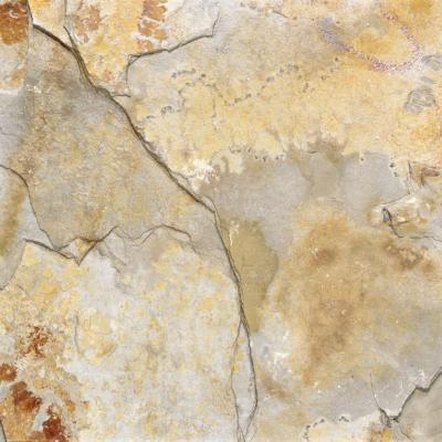
Create an elegant marble-wall faux finish with style.
There
are myriad ways to accent a focal-point wall. One particularly
economical choice is to apply a marble faux finish to create a wall with
high-end style for very little money. Faux marble walls add dimension,
texture and style to any home, without the weight and cost of authentic
marble materials.
1
Select the color palette. Choose one light and one dark color for the faux marble technique. The darker color is for the wall base coat, while the lighter hue represents the marble veins. Colors that are a two or three values away on the same paint color strip create a subtle result. Hues from different color ways result in a dramatic finish.2
Prepare the wall. Tape door frames, windowsills, baseboards and ceiling areas to protect them from paint. Repair any wall holes with joint compound. Sand the holes when dry until they are flush with the wall surface. Lay down a tarp to keep the floor clean from paint spills and drips.3
Paint the base-coat layer. Use a 3/8-inch paint roller, and apply a base coat to the wall. Work in long strokes in a "V" pattern to reduce paint streaks. When the base is dry, paint a second coat of paint to create a smooth base for the marble faux finish.4
Add the marble veins. Take a large feather and dip one edge into the second color of paint. Wipe off any excess. Run the feather along the wall surface in a random pattern to create vein-like markings. Repeat the process until the wall is full of vein streaks.5
Apply a sponge finish. Mix equal parts of the base coat color and a polyacrylic gloss, and pour it onto a foam plate. Dip a damp sea sponge into the mixture. Pounce the sponge on the vein markings until all veins are lightly covered. Let the paint dry for approximately 10 minutes.6
Blend the finish. Compress a dry cloth into a ball, and gently blot the entire faux marble wall until all the colors blend. Allow the wall to dry at least one hour.7
Apply an additional layer of vein markings to the wall. Dip a feather edge in the second color of paint, and run it along the wall in a random pattern to create additional vein streaks. Let the paint dry for for two hours.8
Add a topcoat of polyacrylic satin on the wall. Apply the topcoat in long, vertical strokes with a roller. Allow it to dry for two hours. When the paint is dry, use a hand sander with fine-grit sandpaper to buff the wall surface. Sand the finish in a gentle, circular motion to reduce streaking. Wipe the wall clean of any sanding residue, and repeat the paint and sanding process two additional times -- for a total of three coats.9
After three hours of drying time, use a hand sander and fine-grit sandpaper to buff the final topcoat of polyacrylic satin finish. Wipe the wall with a soft cloth to remove any sanding particles.Things You Will Need
- Latex paint, light color
- Latex paint, dark color
- Painter's tape
- Tarp
- Joint compound
- Putty knife
- Hand sander
- Fine-grit sandpaper
- Paint stir stick
- Paint rollers, 3/8-inch
- Paint roller pans
- Paint can opener
- Large feather
- Polyacrylic gloss topcoat
- Foam plate
- Sea sponge
- Cloths
- Polyacrylic satin topcoat
Tip
- Practice the marble technique on a sample foam board before applying it to the wall to master the process.
- Use the darker paint color as a base coat for subtle vein markings and a soft final appearance.
- Use the lighter paint color as a base coat for more dramatic vein streaks and a more defined vein finish.
Warning
- Wear a sanding mask to prevent inhalation of particles.

No comments:
Post a Comment